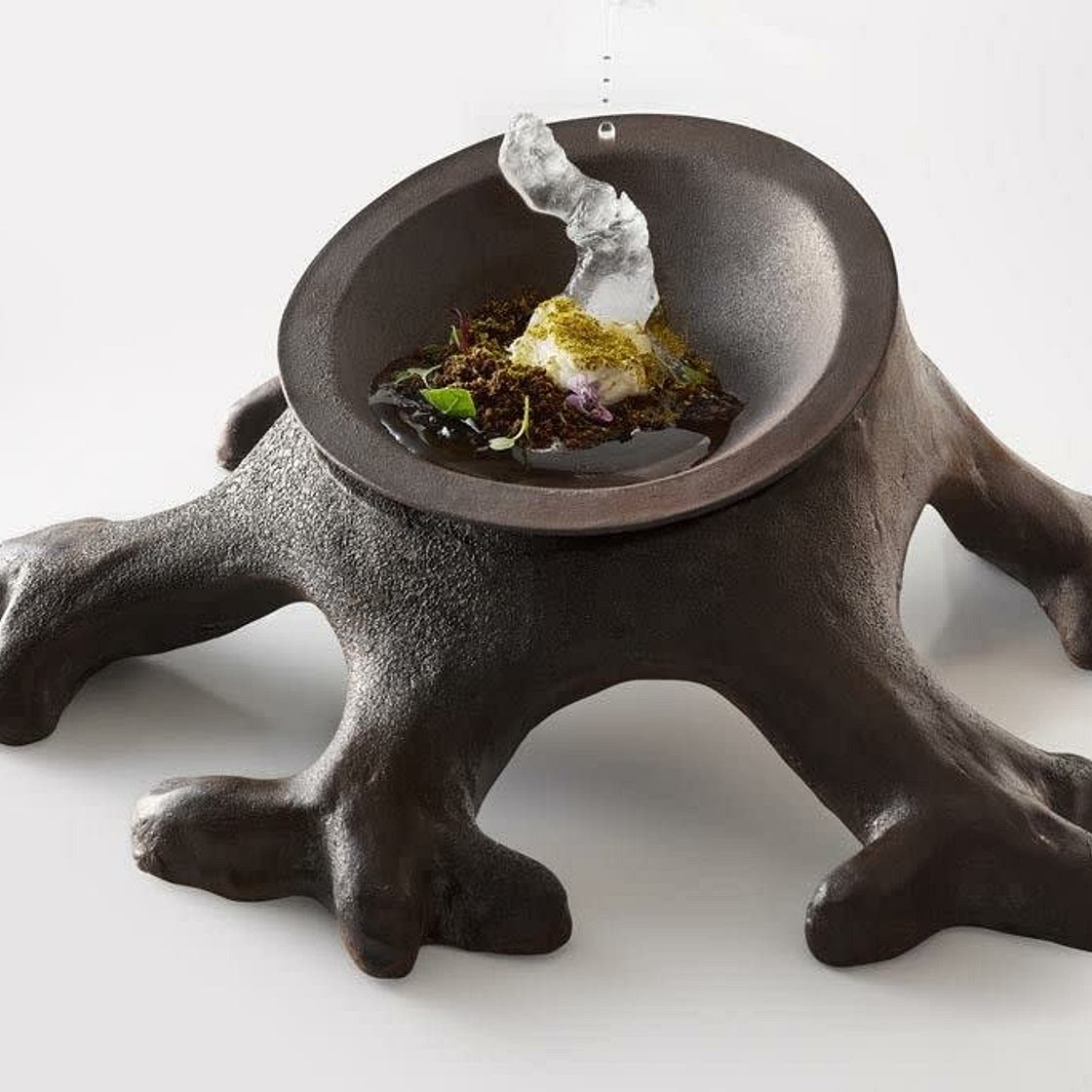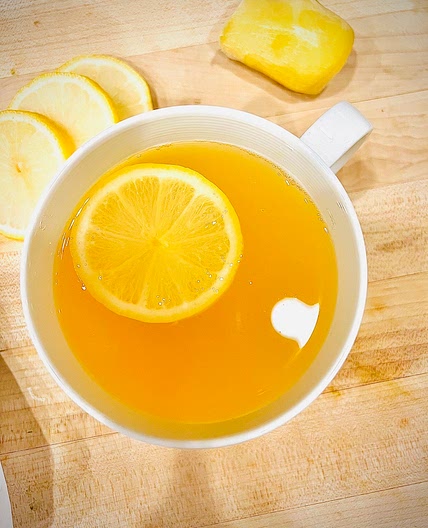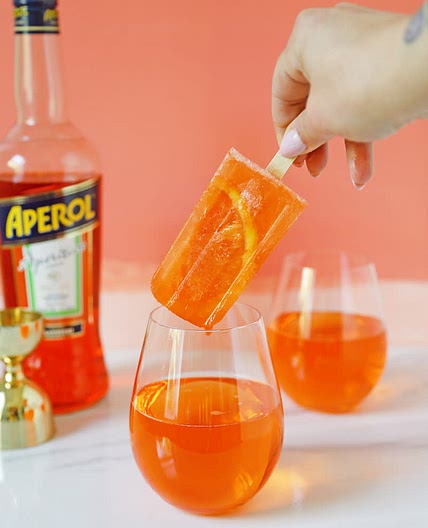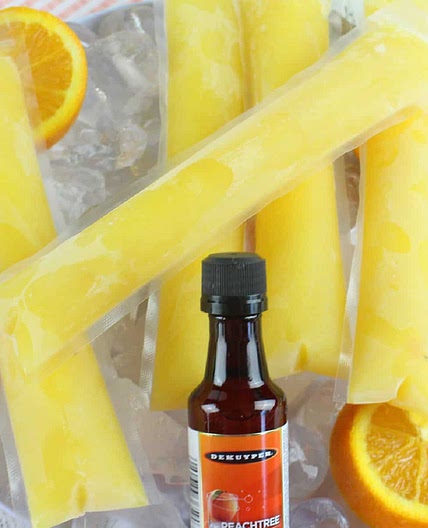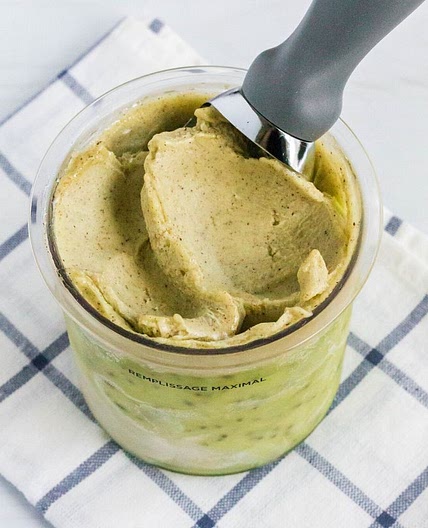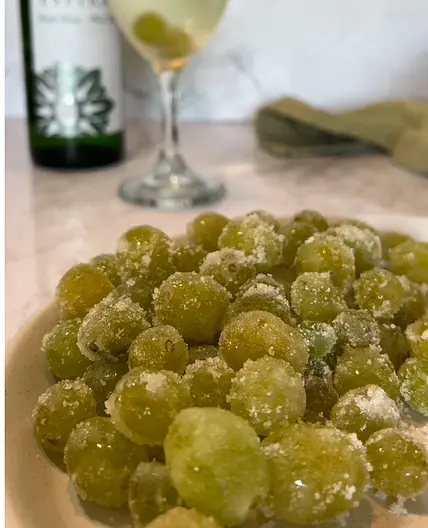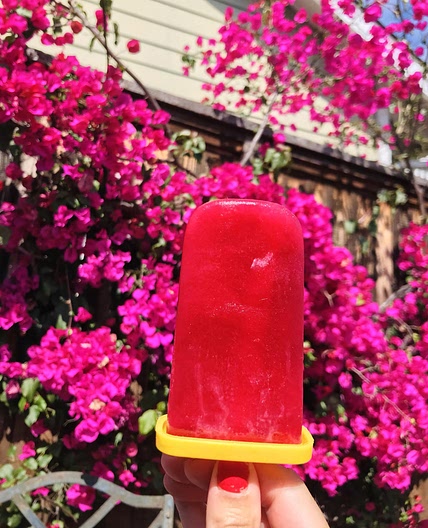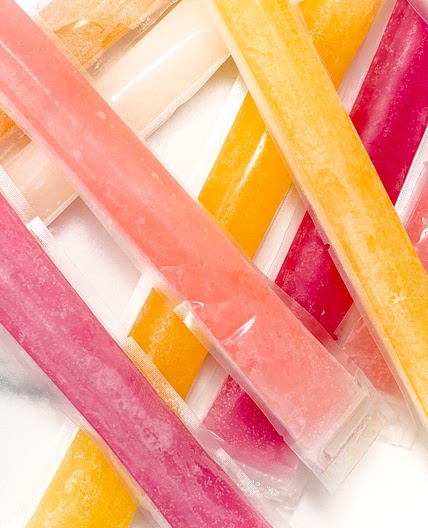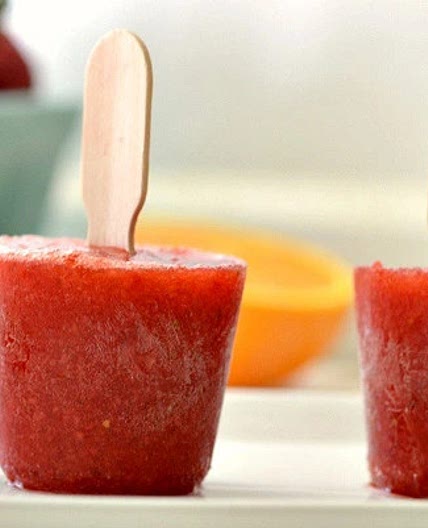Nutrition balance score
Unbalanced
Glycemic Index
51
Low
Nutrition per recipe
Calories148.4 kcal (7%)
Total Fat0.7 g (1%)
Carbs34.6 g (13%)
Sugars28 g (31%)
Protein2.2 g (4%)
Sodium14.4 mg (1%)
Fiber2.3 g (8%)
% Daily Values based on a 2,000 calorie diet
Instructions
Step 1
The process being described involves the use of a melon that has been frozen at a temperature of -18 ºC. This is a very low temperature, well below the freezing point of water, which means that the melon is frozen solid and any liquid that comes into contact with it will quickly freeze as well.
Step 2
To demonstrate this process, a liquid cooled to -5 ºC (also below the freezing point of water) is poured over the frozen melon. As the liquid comes into contact with the surface of the melon, it triggers a process known as nucleation.
Step 3
Nucleation is the process by which tiny ice crystals form in a supercooled liquid (a liquid that has been cooled below its freezing point without actually freezing). When the liquid touches the frozen melon, it provides a surface for these ice crystals to form, which quickly spread throughout the liquid, causing it to freeze.
Step 4
As the liquid freezes, it creates a stalagmite-like structure on the surface of the melon. This structure is formed as the frozen liquid accumulates and builds up around the melon, much like a stalagmite forms in a cave from the buildup of mineral deposits over time.
Step 5
The result is a unique frozen treat that is both visually stunning and delicious. The frozen liquid that forms around the melon can be flavored with various ingredients, such as fruit juice or syrup, to create a tasty and refreshing dessert.
Notes
0 liked
0 disliked
There are no notes yet. Be the first to share your experience!
